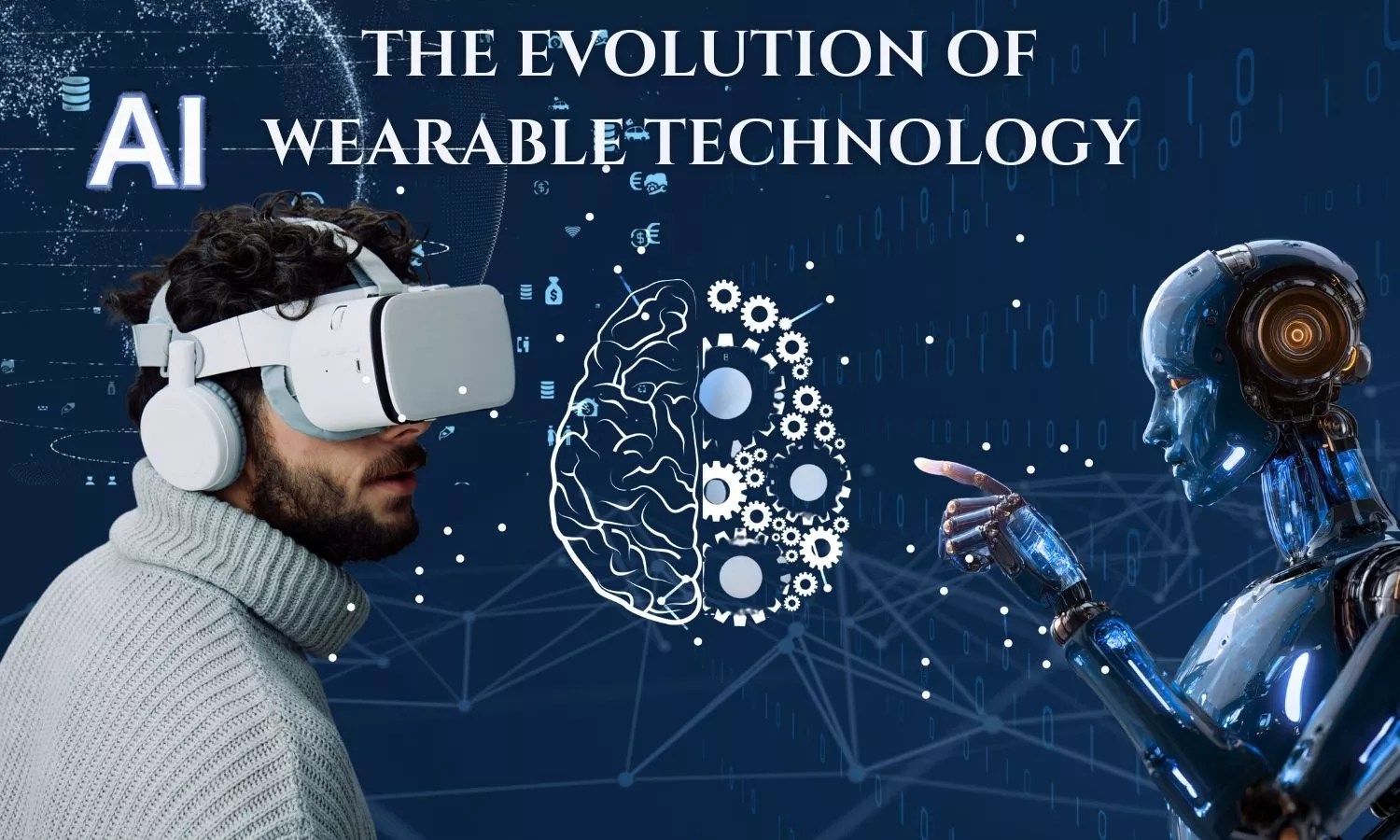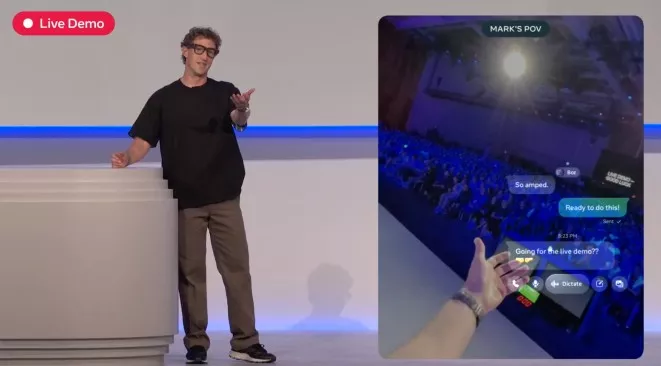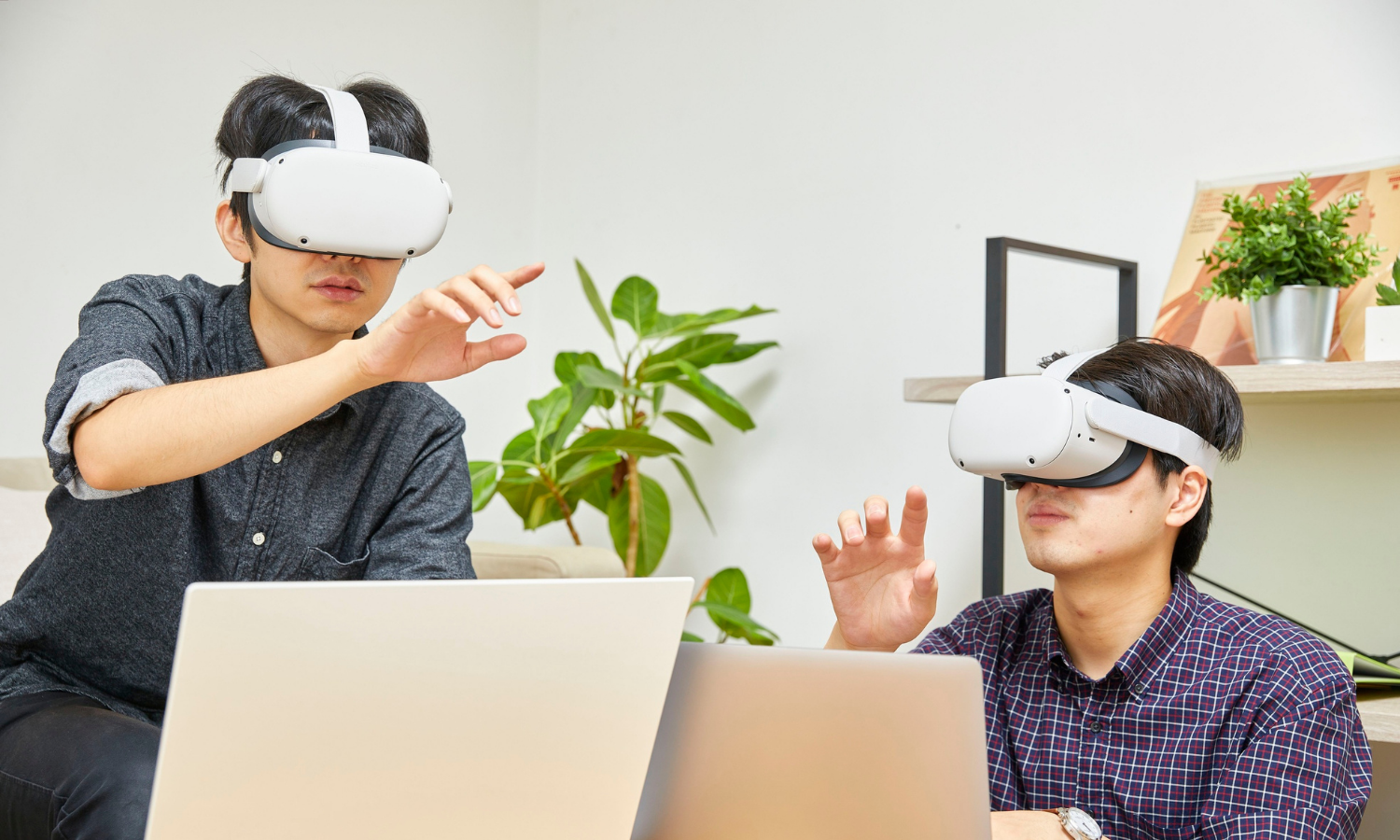Last updated on September 25, 2025
Wearable technology has rapidly evolved, transforming everything from healthcare to communication. Today, wearables offer exciting opportunities, enabling a future where technology seamlessly integrates into our daily lives. Innovations, such as Meta’s Ray-Ban smart glasses, are pushing the boundaries of wearable tech. However, the key question remains: how does wearable technology impact industries and careers, and how can professionals position themselves for success in this rapidly growing sector? Wearable technology refers to devices designed to be worn on the body, capable of collecting, storing, and transmitting data. These devices perform tasks traditionally handled by smartphones or computers, but they offer a more integrated, hands-free experience. Wearables range from fitness trackers and smartwatches to advanced smart glasses and smart clothing. At its core, wearable technology is lightweight, comfortable, and easy to use. It allows users to interact with technology throughout the day without constantly checking their phones or screens. These devices increasingly rely on sensors, AI, and connectivity features, which enable them to track physical activity, monitor health metrics, deliver real-time information, and assist with communication and navigation. Meta Ray-Ban Smart Glasses: A Leap in Wearable Tech Source: https://techcrunch.com/2025/09/17/meta-unveils-new-smart-glasses-with-a-display-and-wristband-controller/ Meta’s Ray-Ban smart glasses represent a major leap in wearable technology. These glasses seamlessly integrate artificial intelligence to deliver real-time translations, live captions, and hands-free communication. Unlike traditional gadgets, they combine smart functionality with style, making wearables practical and fashionable. One of the standout features of these glasses is their AI capabilities. Users can have conversations and receive real-time translations while benefiting from live captions during video calls. This level of interaction surpasses the capabilities of smartwatches and fitness bands, offering more than just basic notifications. Additionally, Meta has introduced the Neural Band, a wrist-worn EMG device that enables gesture-based control of the glasses. By capturing electrical signals from the muscles, the band translates these signals into commands, allowing users to interact with the device using subtle muscle movements. This integration could dramatically change how we interact with technology, making it more intuitive and hands-free. Meta’s Ray-Ban smart glasses can transform the healthcare, retail, and communication industries. For instance, healthcare professionals could use them to access medical data hands-free or translate complex medical terminology in real-time. Salespeople could provide customers with instant product details in retail without glancing at a phone. Furthermore, these glasses could enhance productivity by allowing professionals to take calls, send messages, and even make notes while keeping their hands free. Wearable technology is rapidly integrating into the workforce, creating exciting career opportunities. Professionals specializing in designing, developing, and optimizing wearable devices are in high demand. As wearables evolve, healthcare, logistics, and retail industries are finding new ways to leverage these devices to improve productivity and enhance customer experiences. As the wearable tech industry grows, professionals must continuously adapt to new technologies. Online platforms like Coursera, LinkedIn Learning, and Udemy offer courses in AI, AR/VR development, and UX/UI design, key fields for anyone pursuing a career in wearable tech. Additionally, boot camps and certifications in wearable tech development, machine learning, and data analysis will help professionals stay competitive in this fast-paced industry. As wearable technology continues to evolve, expect innovations in several key areas: Wearable technology continues to shape career landscapes. To prepare for a future in wearable tech, professionals should focus on the following: Wearable technology has quickly moved from a niche innovation to a mainstream force that is revolutionizing both consumer and professional experiences. Devices like Meta’s Ray-Ban smart glasses offer real-time communication, AI-powered insights, and immersive AR experiences, and they are setting the stage for an even more connected and efficient future. By preparing now, professionals can stay ahead of the curve and position themselves for success in the ever-evolving world of wearable technology.
What is Wearable Technology?
Examples of Wearable Tech:
The Concept of AI-Powered Wearables
Gesture Control with Neural Band
Real-World Applications
Wearables in the Workforce
Emerging Careers in Wearable Tech
Reskilling and Upskilling
The Impact of Wearable Tech on Everyday Life
The Future of Wearables: What’s Next?
Preparing for Careers in Wearable Tech
Conclusion





















